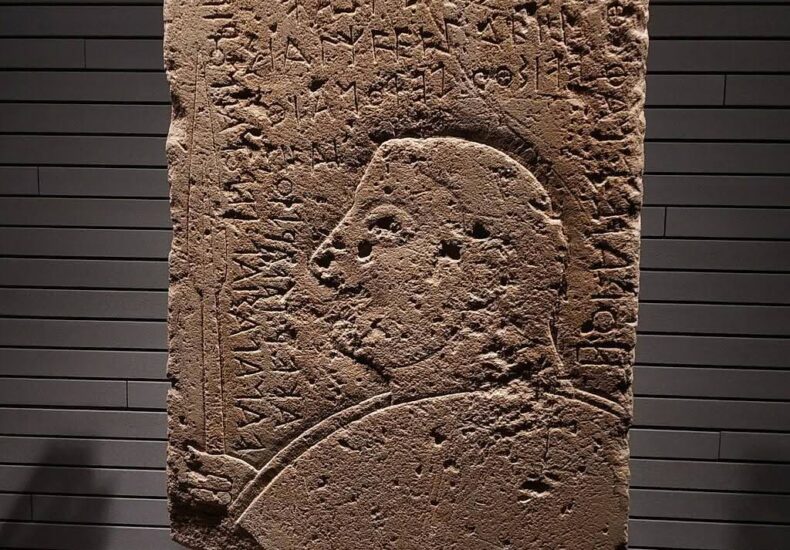
2,600-Year-Old Kaminia Stele: The Linguistic Mystery of the Northern Aegean
In the summer of 1885, on the windswept island of Lemnos, archaeologists uncovered more than just a gravestone near the village of Kaminia. This local stone stele, dating back to the 6th century BC, carried a secret preserved in its inscriptions: a linguistic mystery that has puzzled scholars for over two millennia.
The Kaminia Stele is remarkable for its inscriptions on both sides. Its size and craftsmanship suggest that the buried individual held a high social status. The stele was discovered in an area that forms a significant part of the island’s necropolises.
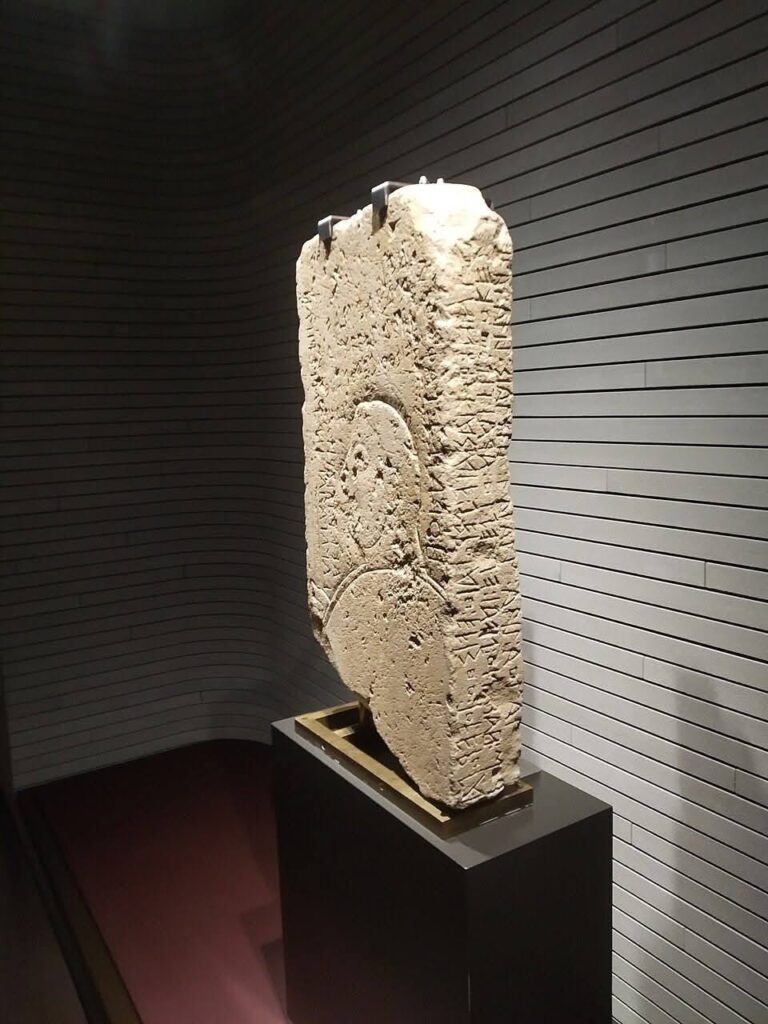
The Inscription and the Lemnian Language
The text is written in an alphabet similar to Ancient Greek, but the language is not Greek. Known as Lemnian, this now-extinct language:
- Shows strong structural similarities with Etruscan.
- Contains personal names, verb forms, and syntactic patterns that can be compared to Etruscan.
- Survives only in a handful of inscriptions, mostly funerary.
Although the full text has not yet been completely deciphered, a simplified translation reads:
📣 Our WhatsApp channel is now LIVE! Stay up-to-date with the latest news and updates, just click here to follow us on WhatsApp and never miss a thing!!
“Hulaieš: was the king of Lemnos… and was buried here…”
This indicates that the inscription commemorates a high-ranking individual, possibly a prince or a king.
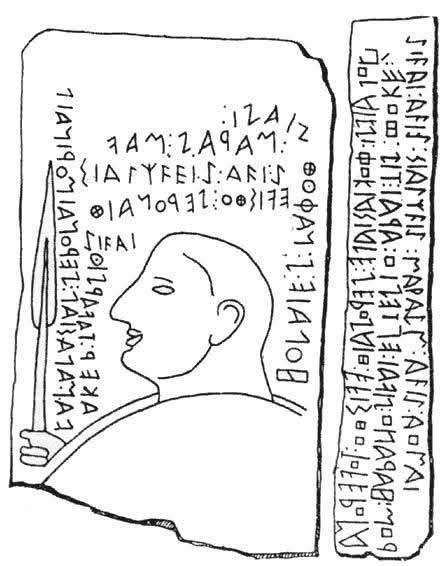
Possible Connections to the Etruscans
Lemnian is the only non-Italian language known to have systematic similarities with Etruscan. This has reignited debates over the origins of the Etruscan people:
- Eastern origin? As Herodotus suggested, they may have come from Lydia or other regions of Anatolia.
- Local or cultural contact? Some scholars argue that maritime trade and cultural interactions may have created these linguistic parallels.
Where the Stele Is Today
Today, the Kaminia Stele is exhibited at the National Archaeological Museum of Athens, among the collection of Northern Aegean artifacts. It continues to fascinate both archaeologists and linguists with its unsolved secrets.
You may also like
- A 1700-year-old statue of Pan unearthed during the excavations at Polyeuktos in İstanbul
- The granary was found in the ancient city of Sebaste, founded by the first Roman emperor Augustus
- Donalar Kale Kapı Rock Tomb or Donalar Rock Tomb
- Theater emerges as works continue in ancient city of Perinthos
- Urartian King Argishti’s bronze shield revealed the name of an unknown country
- The religious center of Lycia, the ancient city of Letoon
- Who were the Luwians?
- A new study brings a fresh perspective on the Anatolian origin of the Indo-European languages
- Perhaps the oldest thermal treatment center in the world, which has been in continuous use for 2000 years -Basilica Therma Roman Bath or King’s Daughter-
- The largest synagogue of the ancient world, located in the ancient city of Sardis, is being restored

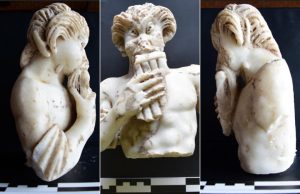
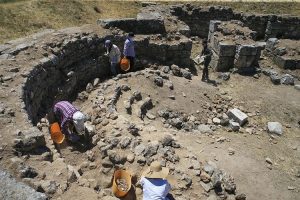
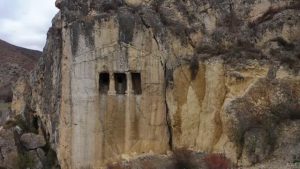
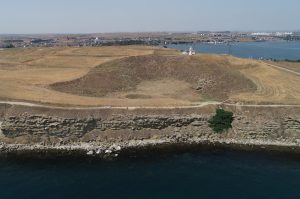
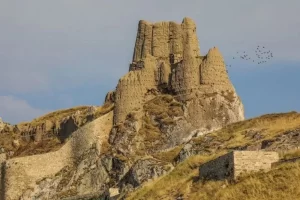
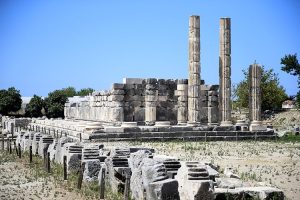


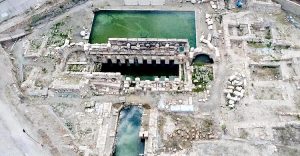
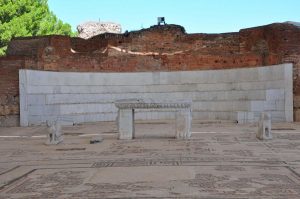
Leave a Reply